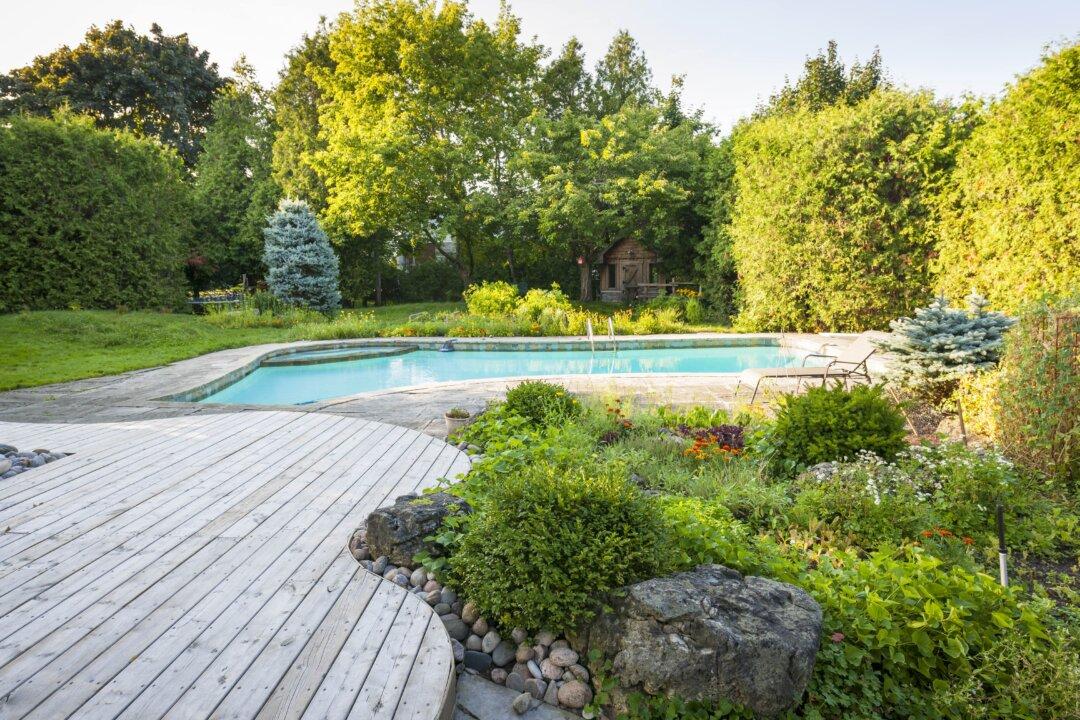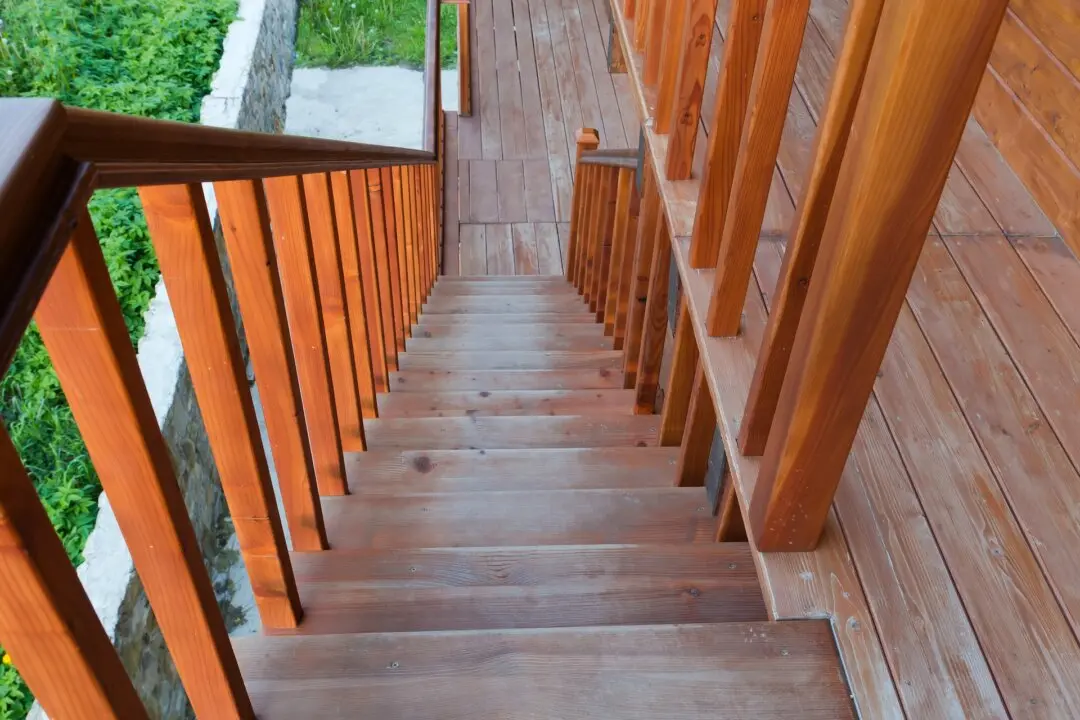Dear James: It seems like everyone has the standard rectangular deck. I would like to build a unique one with a circular section surrounded by gardens. How can I do this? —Joshua W.
Dear Joshua: Adding a deck yourself, especially a unique one with a curved side, can increase the value of your house by many times the material costs. With proper positioning of some benches along that section, you will have an excellent view of your gardens and other landscaping.





